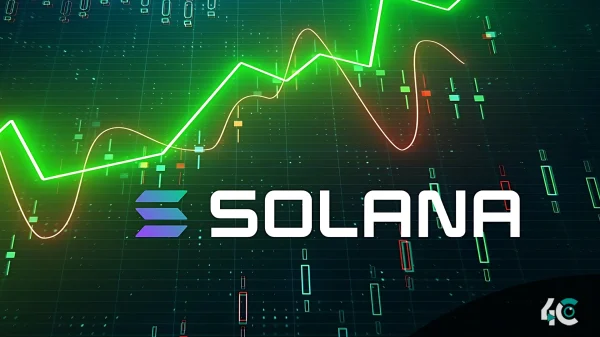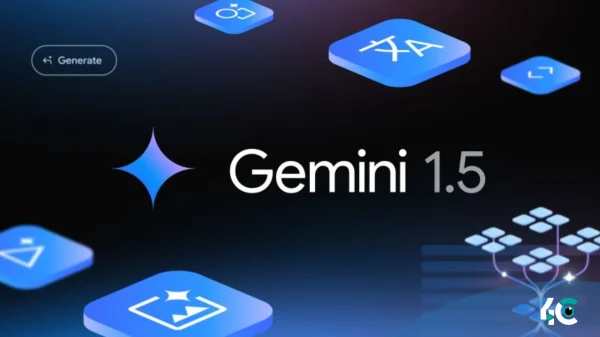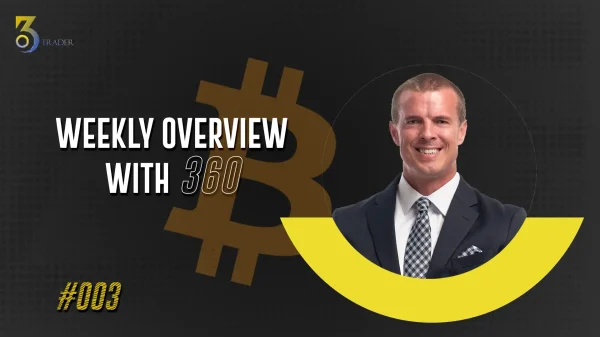Ethereum is experiencing a revolutionary period, with developers and Layer 2 (L2) leaders prioritizing innovations such as native and based rollups. These methods aim to improve security, decentralization, and efficiency while also addressing long-standing concerns, such as network fragmentation and dependency on centralized sequencers.
During a recent meeting with Ethereum founders and developers, Jesse Pollak, leader of Ethereum L2 Base, stressed the benefits of based rollups. He defined them as a versatile tool intended to improve Ethereum’s connection and security guarantees. Ben Jones of the Optimism Foundation expressed this sentiment, emphasizing the potential collaboration these rollups might promote between Ethereum’s core layer and its L2s.
Based rollups require transferring transaction sequencing from centralized entities to Ethereum’s base layer. This decentralization ensures that all Ethereum validators contribute to block construction, making the network more safe and less fractured. While this strategy may slow transaction confirmations (about 12 seconds versus the current one-second standard), it gets Ethereum closer to its decentralized goals.
Native rollups, on the other hand, seek to simplify how transactions are carried out on the base layer. These rollups eliminate the need for centralized sequencers and sophisticated governance models by handling transaction validation and execution with Ethereum L1 validators. This change also increases asset composability across rollup chains, which addresses the user experience concerns of bridging assets across L1 and L2 chains.
However, adopting these rollups may come at a financial cost to L2 networks. Maximum Extractable Value (MEV), a profit-maximizing mechanism that strategically orders transactions, generates income for many businesses. Arbitrum has earned $210 million, while Base has earned $96.2 million from their centralized sequencing models. Transitioning to based rollups would shift this revenue to Ethereum’s base layer, which could help Ether (ETH) in the long run.
Ethereum’s infrastructure views native rollups as a critical breakthrough. These rollups, which rely on Ethereum’s solid base layer for security and execution, have the potential to reduce fragmentation and improve the network’s overall trustworthiness. This evolution not only strengthens Ethereum’s value argument, but it also establishes ETH as an important component of the decentralized ecosystem.















































